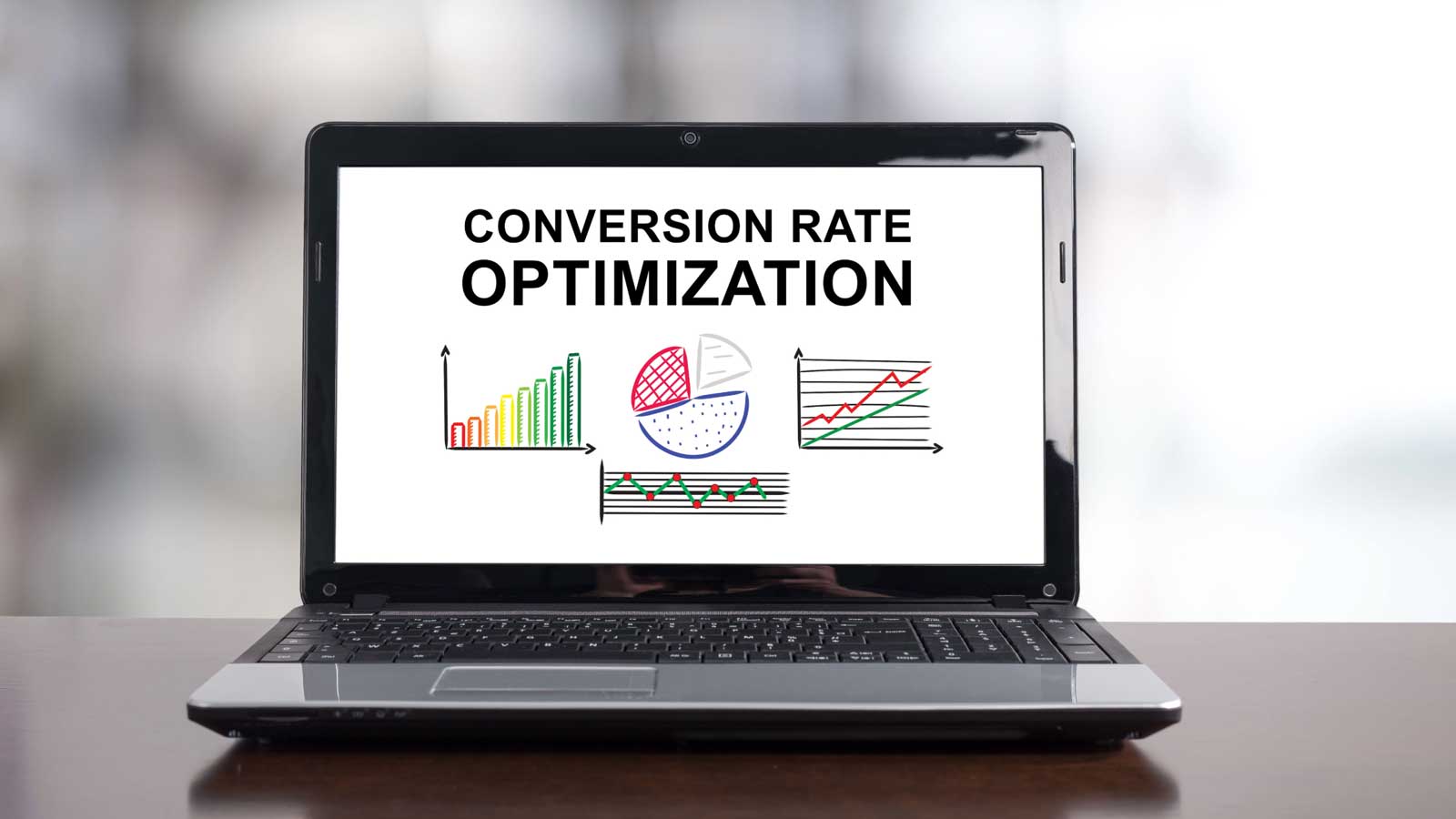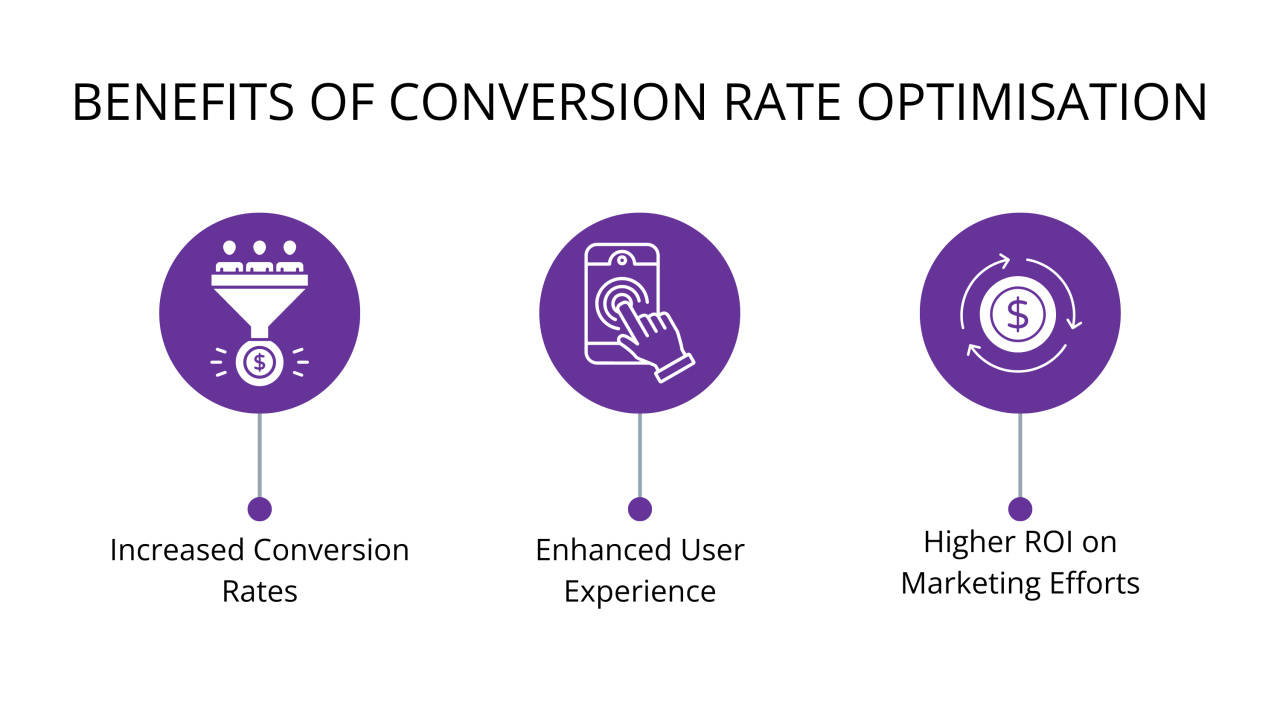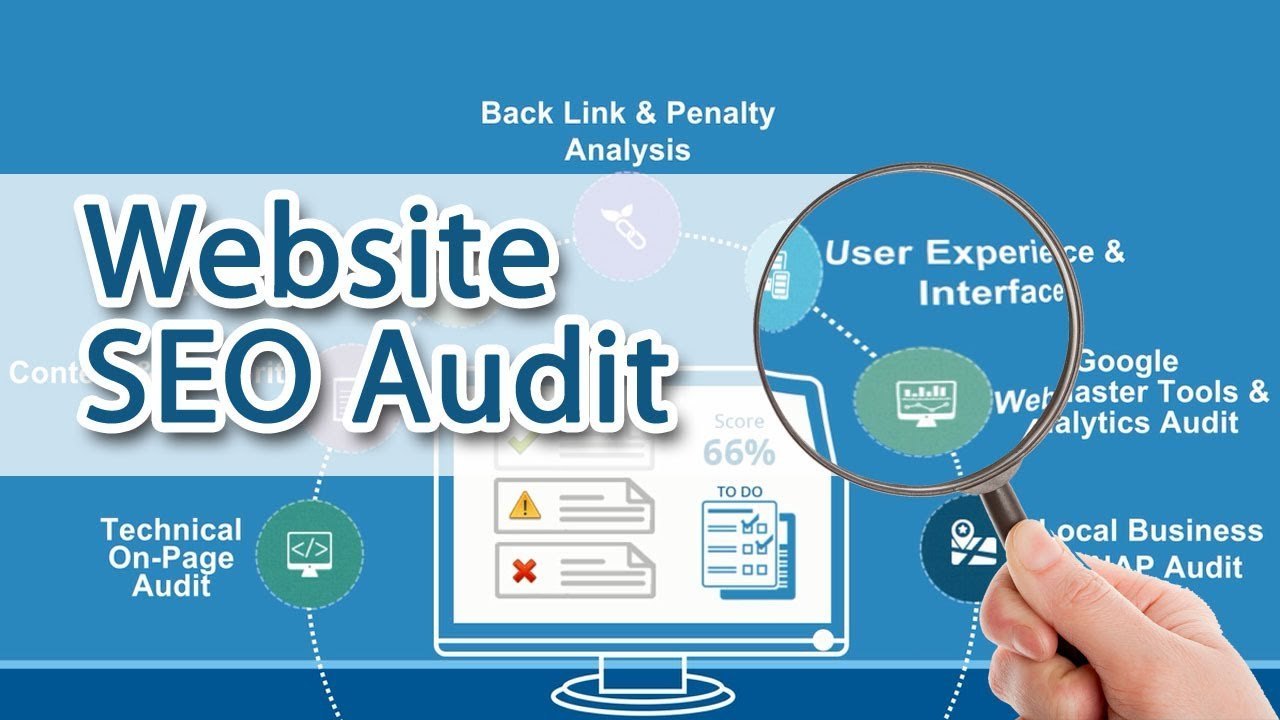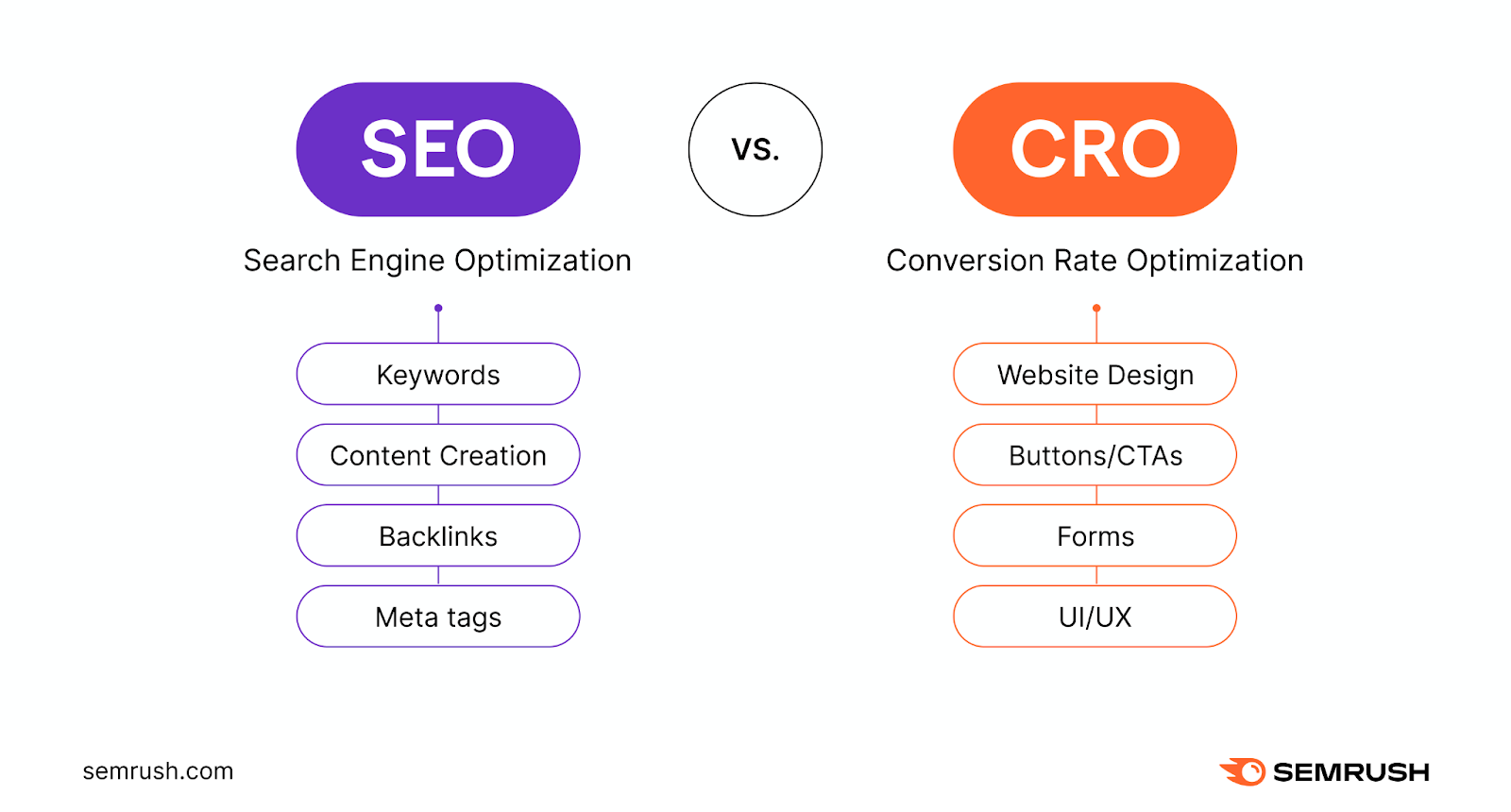Table of Contents
- Understanding CRO Marketing
- The Importance of CRO
- Fundamental Metrics and KPIs
- Key Elements of CRO Marketing
- Building a CRO Strategy
- Implementation Techniques
- Tools and Technologies for CRO Marketing
- Top 5 Questions (with Answers)
- Common Mistakes to Avoid
- Real-World Examples and Case Studies
- Conclusion and Strong Call to Action
Let’s dive into the fundamentals of CRO marketing and learn how to optimize your website for better conversions effectively.
1. Understanding CRO Marketing

- Conversion Rate: The percentage of website visitors who complete the desired action.
- Bounce Rate: The percentage of visitors who leave a website quickly without taking any action.
- A/B Testing: A method of comparing two versions of a webpage or element to see which one performs better.
- Heatmaps: Visual representations of user behavior that show where visitors click, scroll, or hover.
2. The Importance of CRO

3. Fundamental Metrics and KPIs
4. Key Elements of CRO Marketing
4.1 Website Design and Usability

- Clear and consistent layout
- Fast page loading times
- Mobile responsiveness
- Intuitive navigation menus
- Tailored to your target audience
- Optimized for both users and search engines
- Easy to scan, with headings, bullet points, and visuals
5. Building a CRO Strategy
A successful CRO marketing strategy involves careful planning and execution. Here’s a step-by-step approach:

- Checking site speed and responsiveness
- Reviewing analytics for user flows and drop-off points
- Auditing content for relevance and readability
- Identifying technical SEO issues like broken links or poor metadata
- Are you trying to increase sales by 10%?
- Do you want 25% more newsletter signups?
- Is your goal to reduce cart abandonment by 5%?
- Hypothesis 1: Reducing the number of form fields from 8 to 4 will increase form submissions by 15%.
- Hypothesis 2: Including a trust badge on the checkout page will lower cart abandonment by 10%.
- Potential Impact: How big of a difference can a successful test make?
- Ease of Implementation: How quickly or easily can you run the test?
- Risk: Could a change potentially harm existing conversions?
- A/B Testing: Compare two versions of a page (or element) to see which performs better.
- Multivariate Testing: Test multiple variables simultaneously, often more complex than A/B tests.
- User Testing: Observe real users navigating your site to gather qualitative data.
- Did form submissions increase by 15%, as predicted?
- Was cart abandonment significantly reduced with the addition of a trust badge?
6. Implementation Techniques
6.1 A/B Testing Best Practices
6.2 Heatmaps and User Session Recordings
- Heatmaps: Show where users click, hover, and scroll.
- Session Recordings: Let you watch real-time user sessions to understand how they navigate.
6.3 Personalization Tactics
- Dynamic Content: Display product recommendations based on browsing history.
- Geolocation Targeting: Show location-specific offers or shipping options.
- Behavioral Emails: Trigger email sequences when users perform specific actions (or inactions) on your website.
6.4 Social Proof and Testimonials
- Customer Reviews: Showcase them on product pages.
- Case Studies: Use them in B2B contexts to highlight ROI and real-world success.
- User-Generated Content: Encourage customers to share their experiences on social media platforms.
6.5 Improving Site Speed
- Optimize Images: Use next-gen image formats and compression.
- Use a CDN: A content delivery network helps distribute your content for faster load times.
- Minimize Code: Minify CSS, JavaScript, and HTML to reduce file sizes.
6.6 Mobile Optimization

- Responsive Design: Ensure your site displays correctly on all screen sizes.
- Streamlined Navigation: Use a straightforward menu and large buttons for easy tapping.
- Fast Load Times: Mobile users are often on slower networks; optimize accordingly.
7. Tools and Technologies for CRO Marketing
- Google Analytics: Free and robust, offers insights into traffic, user behavior, and funnels.
- Adobe Analytics: Enterprise-level platform with advanced segmentation and reporting features.
- Google Optimize: Integrates seamlessly with Google Analytics for A/B testing.
- Optimizely: Offers advanced personalization and experimentation features.
- VWO (Visual Website Optimizer): Known for its intuitive interface and comprehensive testing capabilities.
- Hotjar: Provides heat maps, session recordings, and feedback polls on one platform.
- Crazy Egg: Specializes in heatmaps and confetti reports to show click distributions.
- HubSpot: Integrates marketing, sales, and customer service for a holistic view of user interactions.
- Salesforce: Enterprise-level CRM with customization and integration capabilities.
- Mailchimp: Easy-to-use platform with robust automation features.
- Klaviyo: Popular for e-commerce stores, offering personalized email flows and segmentation.
- Trello, Asana, or Monday.com: Useful for organizing tests, tasks, and teams within your CRO marketing project.
8. Top 5 Questions (with Answers)

- SEO (Search Engine Optimization) focuses on driving organic traffic to your website by improving your rankings on search engines like Google. The primary goal is to increase visibility and attract more visitors.
- CRO (Conversion Rate Optimization) focuses on making sure the traffic you already have converts into paying customers, leads, or subscribers. While SEO is about attracting potential customers, CRO is about turning those potential customers into actual customers.
- Traffic Volume: High-traffic websites can gather statistically significant data faster.
- Complexity of Tests: Simple A/B tests might yield results in a few weeks, whereas more complex multivariate tests could take longer.
- Nature of the Business: B2B businesses with longer sales cycles might see slower but long-lasting impacts.
- Visual editors in testing tools let you drag and drop page elements without touching code.
- Many analytics and heat mapping platforms provide easy-to-understand dashboards.
- Marketers and business owners can often manage more straightforward tests and data analysis on their own.
- Impact: Which pages, if optimized, could yield the most significant increase in conversions?
- Cost and Complexity: Is this test simple and cost-effective to run or more complex, requiring extensive development work?
- Alignment with Business Goals: If your immediate goal is to increase sales, focus on product pages or checkout processes. If lead generation is the priority, optimize forms and landing pages.
- SaaS: Signups for free trials, demo requests, or paid subscriptions.
- B2B: Lead generation, quote requests, or downloadable whitepapers.
- Media & Publishing: Newsletter subscriptions, content shares, or ad clicks.
- Nonprofit & Charities: Donations, volunteer signups, or event registrations.
9. Common Mistakes to Avoid

CRO marketing is a data-driven discipline. Making changes based solely on intuition or trends can lead to wasted resources. Always validate your ideas through data analysis and testing.
While multivariate testing allows for multiple changes to be tested simultaneously, it often requires significant traffic to produce reliable results. Overcomplicating tests can make it difficult to pinpoint the cause of any performance changes.
Ending tests prematurely can distort the results. Statistical significance is crucial to ensure that any improvement (or decline) is not just due to random chance. Give your tests enough time and visitors to reach this threshold.
User behavior can vary widely based on factors like demographics, device type, or referral source. Ignoring these segments may lead to inaccurate conclusions and missed opportunities for personalization.
10. Real-World Examples and Case Studies
11. Conclusion and Strong Call to Action

Ready to Skyrocket Your Conversions?
Contact us:
EXCELL INDUSTRIES LLC
6420 Richmond Ave., Ste 470
Houston, TX, USA
Phone: +1 832-850-4292
Email: info@excellofficial.com




